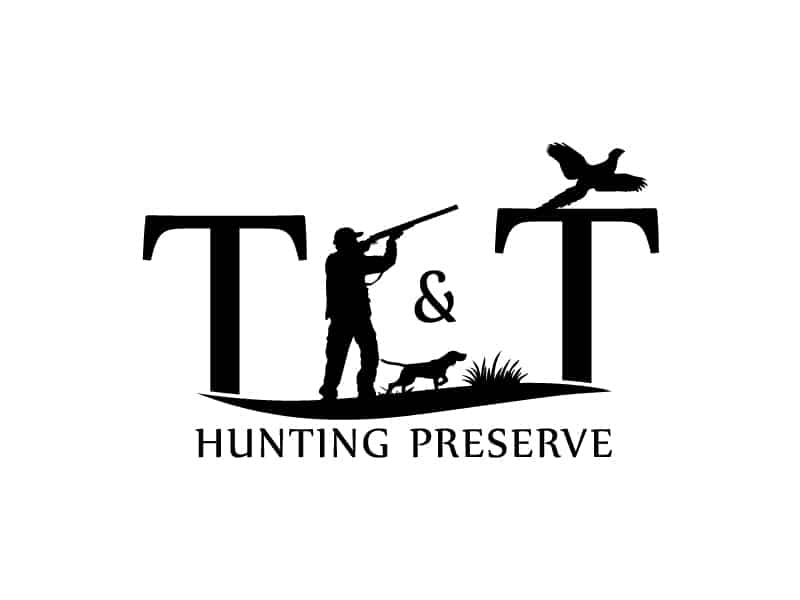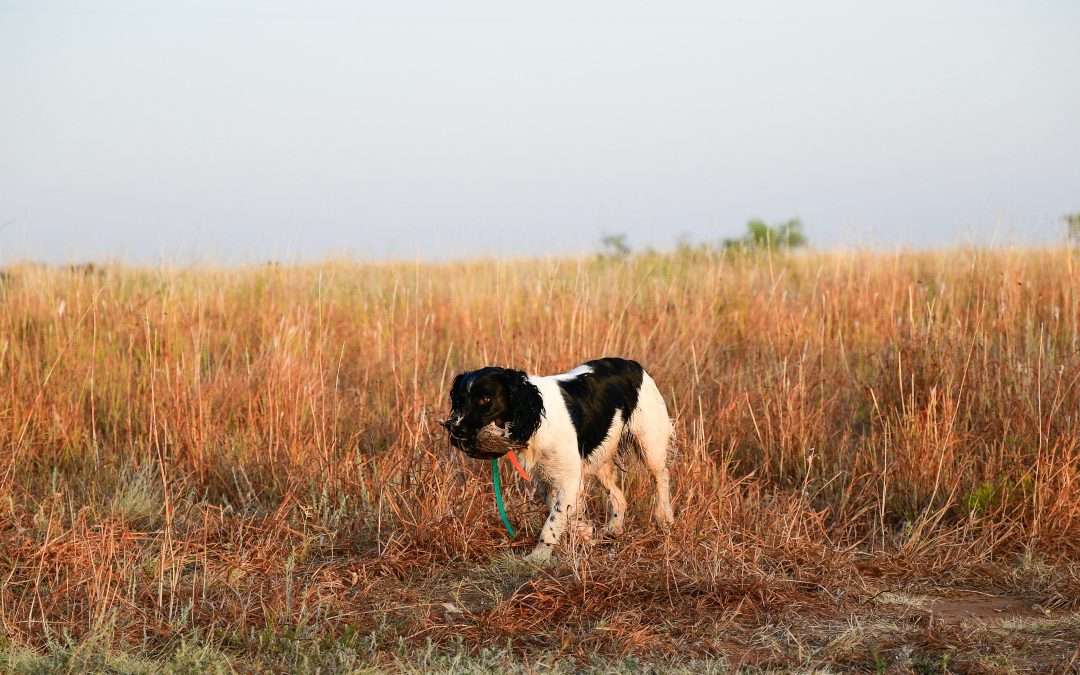Training a hunting dog is both a rewarding and challenging experience. A well-trained hunting dog can significantly enhance your hunting adventures, providing companionship and skilled assistance in the field. At T&T Game Birds, we are passionate about helping you achieve the best results with your hunting dog. Here’s a comprehensive guide to help you train your hunting dog effectively.
Why Hunting Dog Training is Important
A trained hunting dog is an invaluable asset for any hunter. Here’s why training is essential:
- Enhanced Hunting Efficiency: A well-trained dog can locate and retrieve game more effectively, saving you time and effort.
- Safety: Proper training ensures your dog understands commands, reducing the risk of accidents in the field.
- Bonding: Training strengthens the bond between you and your dog, leading to a more enjoyable hunting experience.
- Versatility: Trained dogs can adapt to various hunting scenarios, increasing your chances of success.
Getting Started with Hunting Dog Training
Training a hunting dog requires patience, consistency, and the right techniques. Here’s how to get started:
- Choose the Right Breed: Some breeds are naturally better suited for hunting, such as Labrador Retrievers, German Shorthaired Pointers, and Springer Spaniels. Choose a breed known for its hunting abilities.
- Start Early: Begin training when your dog is a puppy. Early training sets the foundation for more advanced skills.
- Basic Obedience Training: Teach basic commands like sit, stay, come, and heel. Obedience training is crucial for safety and control in the field.
- Socialization: Expose your puppy to different environments, people, and other dogs. Socialization helps them become well-adjusted and confident.
Essential Hunting Dog Training Commands
Here are some key commands and skills your hunting dog should master:
- Sit and Stay: These commands are essential for controlling your dog’s movement in the field.
- Heel: Teach your dog to walk beside you without pulling on the leash.
- Fetch and Retrieve: Train your dog to fetch and bring back objects. Start with simple toys before moving on to game birds.
- Pointing: Pointing breeds should be trained to freeze and point when they detect game.
- Tracking: Teach your dog to follow scent trails to locate game.
- Whistle Commands: Use a whistle for commands like stop, come, and change direction. Whistle commands are effective over long distances.
Advanced Hunting Dog Training Techniques
Once your dog has mastered basic commands, move on to advanced training techniques:
- Field Trials: Participate in field trials to simulate real hunting scenarios and test your dog’s skills.
- Water Training: If you hunt waterfowl, train your dog to retrieve game from water. Introduce them to water gradually and ensure they are comfortable swimming.
- Blind Retrieves: Train your dog to retrieve game they haven’t seen fall. Use hand signals and whistle commands to direct them.
- Steadiness: Teach your dog to remain steady when game is flushed and until you give the command to retrieve.
Common Challenges and Solutions
Training a hunting dog can come with challenges. Here are some common issues and how to address them:
- Distractions: Hunting environments are full of distractions. Practice commands in different settings to ensure your dog remains focused.
- Gun Shyness: Introduce your dog to gunfire gradually. Start with distant, low-volume sounds and gradually increase intensity as they become comfortable.
- Overexcited Dogs: Use obedience training to manage excitement. Reinforce calm behavior with positive reinforcement.
- Lack of Progress: If your dog struggles with certain commands, revisit the basics and reinforce foundational skills.
Training a hunting dog requires time, patience, and dedication, but the results are well worth the effort. At T&T Game Birds, we are committed to helping you and your dog succeed in the field. By following these tips and techniques, you can develop a skilled and reliable hunting companion.

